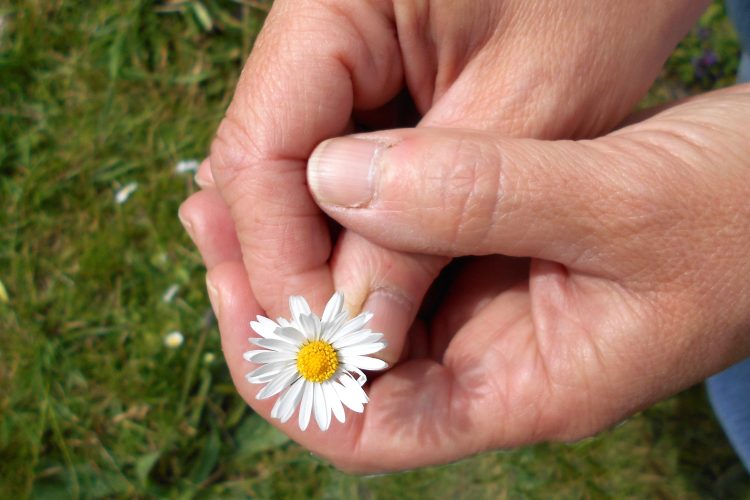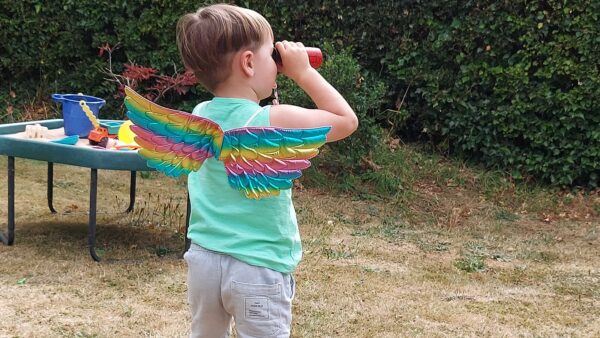Fair and equal access to public open spaces is not just good practice but is governed by law, namely the Equality Act 2010. This legislation aims to prevent discrimination and place the responsibility firmly on service providers to make reasonable adjustments to provide access for people with disabilities. The term ‘reasonable adjustments’ continues to be tested and refined through case law however what is apparent is that careful design and management of green space is essential in catering to all users.
Planning and reviewing any access changes
Making a place accessible is not always about major changes in infrastructure. Some of the most effective improvements come from inexpensive changes and thoughtful planning. Retrofitting can be costly and ugly and can be avoided by considering accessibility at the earliest stages of planning and design. The Sensory Trust access chain is a tool that can be used to help plan any changes to access.
In order to optimise use for people, greenspace must be both accessible and worth visiting. Good accessibility is fundamental although there has, in the past, been a tendency towards an exclusive focus on one or two forms of disability (for example wheelchair users) and the physical aspects of site design (ramps and paths). However, accessibility is also to do with other factors such as distance from home and sociocultural factors - do people want to go there and do they feel safe and comfortable there? Social factors are sometimes overlooked but are often very significant in making people with disabilities feel excluded from landscape.
Making places accessible
The main barriers in using greenspace include:
• Physical e.g steps, slopes, lack of toilet facilities, inaccessible private transport, lack of accessible car parking (some cities have developed car free zones in a bid to become more sustainable, but this overlooks those people who solely rely on their own transport to be able to get to places).
• Psychological e.g. lack of confidence, fear over personal safety, lack of motivation, unfamiliarity
• Organisational e.g. lack of information and interpretation, guide dog facilities, site guides.
Pre-visit information
Information is crucial. Lack of accessible pre-visit and on-site information is a major barrier to disabled people. Generally, there can be a lack of pre-visit materials for people to use, in order for them to make a decision to visit a park or greenspace. People need to know in advance whether a place is going to be accessible to them, what experience they can expect, and how they can get to and around it. Information can be provided in a variety of formats such as audio, video, pictorial symbols such as Widgits for people with learning difficulties, large print, braille, tactile materials, guides, and websites.
Integration not segregation
Physical accessibility does not always equate with motivation to visit. The ‘if we build it, they will come’ method does not always succeed if the greenspace itself has previously been underused, or if the access works destroy the character of the place. Consulting with users and non-users of the space is key in finding out what people want to see there (engaging with stakeholders, the key people who may live or work near/around the park, local hospitals, schools, libraries, services, etc.) and is fundamental to be able to develop a sustainable solution. To make a space accessible it is vital that the policy adopted is one of integration, not segregation. Sometimes well-intentioned spaces are designed or redesigned with the subtext of ‘design for disability’.
Inclusive greenspace strategies are best planned with all people in mind, not to reinforce feelings of difference, but instead to ensure that as many people as possible can enjoy the space, regardless of ability.



